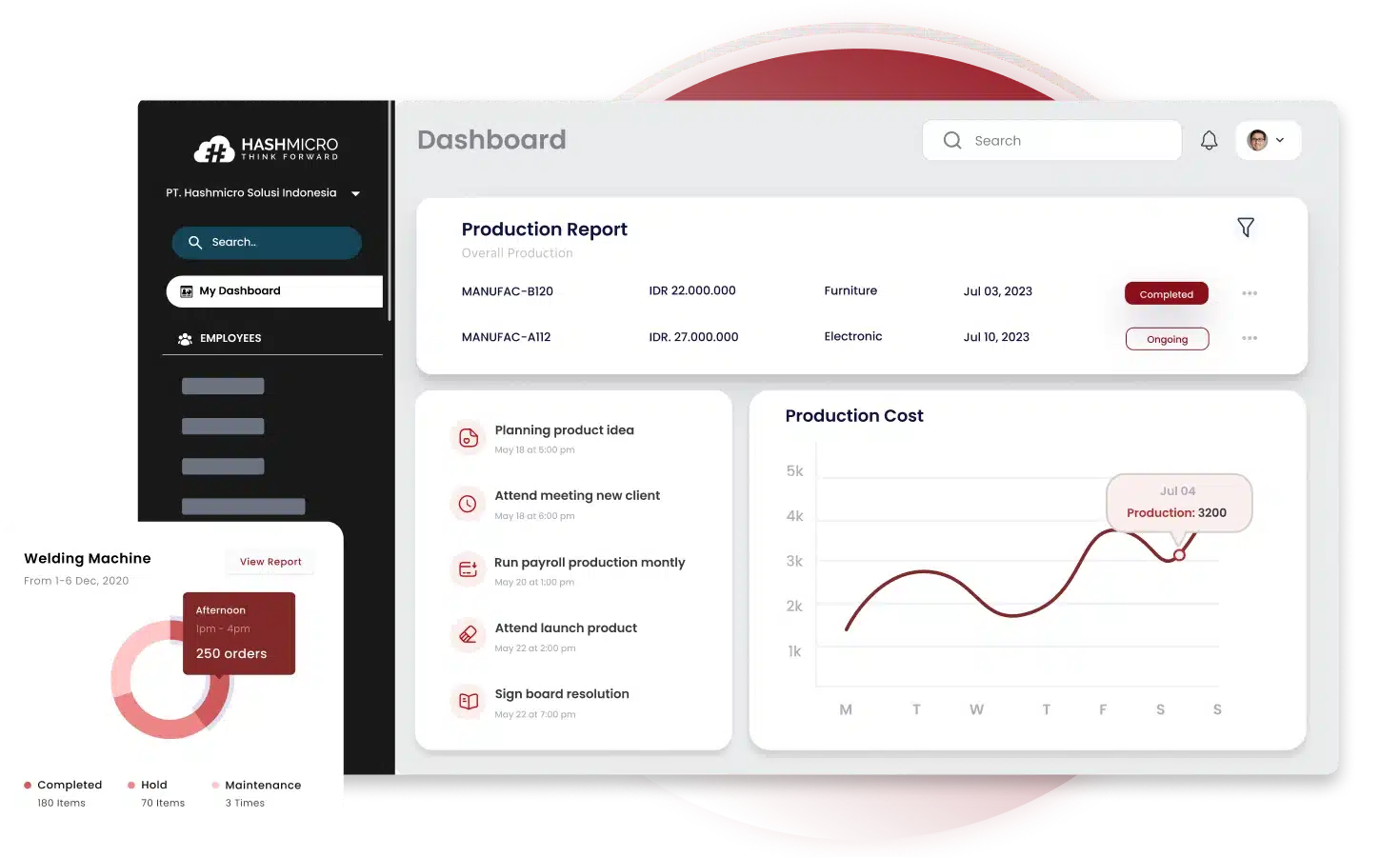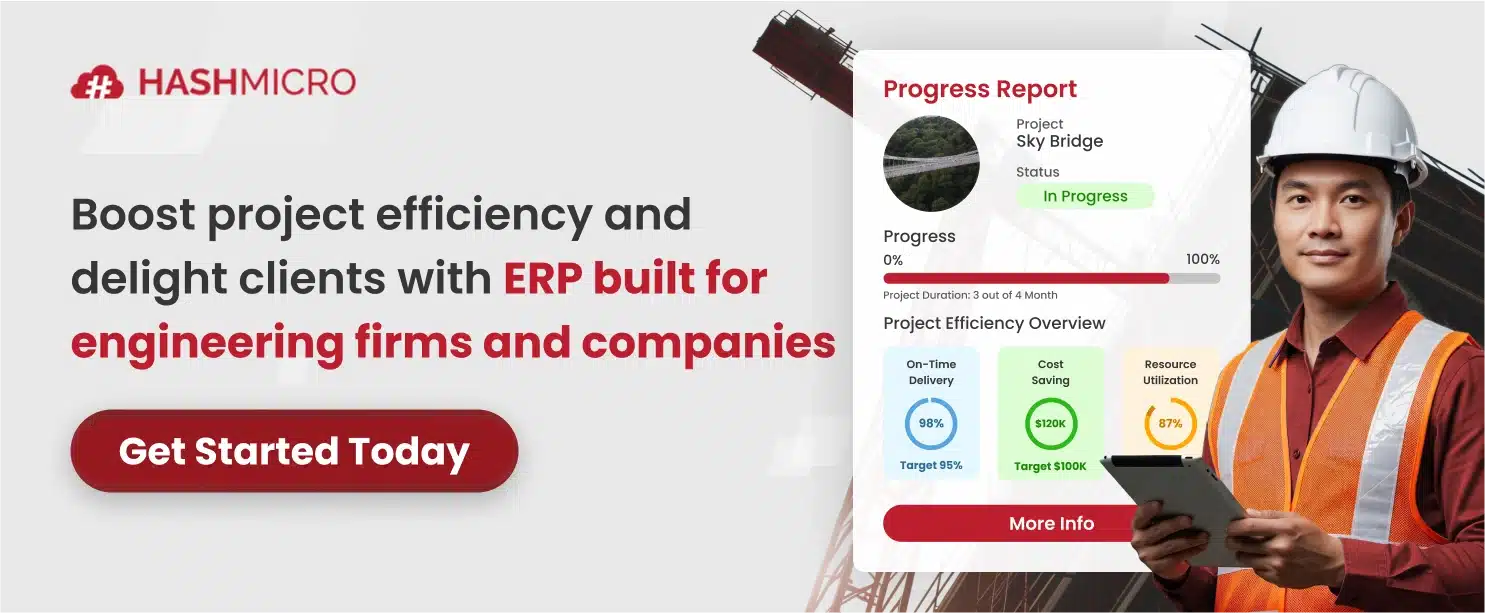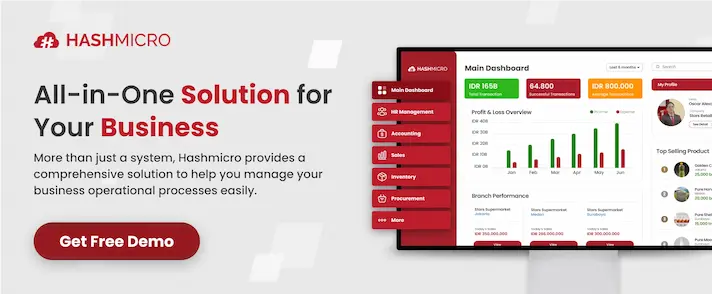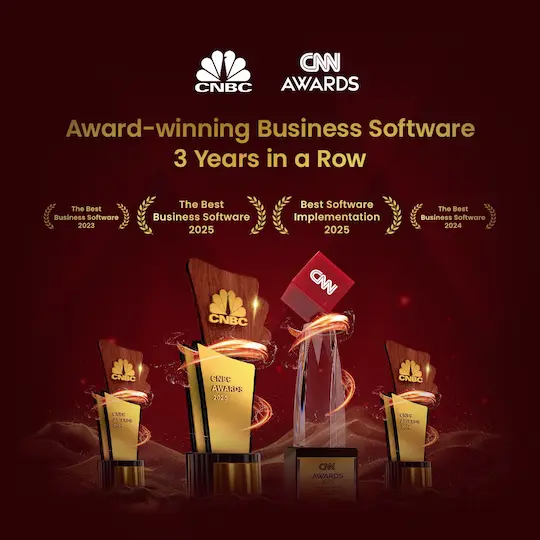In fields such as construction and manufacturing, the equilibrium between value engineering and quality is paramount. Achieving optimal value, maximizing functionality while minimizing costs, can be daunting without a defined strategy. Value engineering provides the framework for this optimization.
Inefficient processes can lead to significant losses. In fact, a study by the National Institute of Standards and Technology (NIST) shows that up to 20% of project costs can be wasted due to poor planning and resource management. For businesses, this often results in inflated budgets and missed deadlines, ultimately impacting profitability.
Value engineering (VE) presents a powerful solution to these issues. By focusing on enhancing product functionality while reducing unnecessary costs, VE helps companies improve their processes without sacrificing quality. It’s a method that delivers optimal results and creates lasting value for both the business and its customers.
Many businesses have reaped the benefits of value engineering by streamlining their operations and improving both quality and cost-efficiency. If you’re interested in optimizing your operations in the same way, keep reading to discover how VE can transform your business and improve overall performance.
Key Takeaways
|
What Is Value Engineering?
Value engineering (VE) is used to enhance a product’s value by optimizing its design, function, and cost. It involves analyzing components and materials to identify cost-effective alternatives without compromising functionality. This approach ensures that every part serves its purpose effectively while minimizing unnecessary expenses.
For instance, in construction, VE helps identify cost-effective materials, processes, and designs that enhance the overall project value without sacrificing quality or functionality. The focus isn’t on simply cutting costs but on optimizing the entire system to achieve the best possible value.
Key Concepts in Value Engineering

In value engineering, “value” balances functionality and cost, considering long-term factors like durability, efficiency, and lifecycle costs. Cheaper products might cost more over time due to repairs or short lifespan, whereas higher-priced, durable solutions can be better investments.
Value engineering identifies what truly matters for project success: cost savings or material quality and durability. It balances cost and quality by considering factors like longevity, usability, and maintenance, ensuring cost reductions don’t compromise the product’s primary function or reliability, emphasizing the importance of quality control.
Types of value
When conducting value engineering, professionals must examine four primary types of value to make informed decisions:
Use value: How well the product performs its intended function. If it doesn’t meet its purpose, it’s essentially worthless, regardless of cost.
Cost value: The expense to produce or deliver the product. Value engineering focuses on reducing costs without sacrificing use value, often by optimizing processes or sourcing cheaper materials.
Esteem value: This deals with the product’s perceived worth based on brand reputation. Consumers may pay a premium for a product due to its brand, associating it with higher quality or reliability.
Exchange value: How easily a product can be sold, traded, or repurposed. A product that is easy to recycle or repurpose has a higher exchange value, especially in industries focused on sustainability.
The Value Engineering Process
Value engineering optimizes project costs and performance through structured stages, starting with information gathering, to maximize value without sacrificing quality.
Step 1: Gathering information
The value engineering process begins by collecting essential information about the project. This phase focuses on understanding the project’s overall goals, materials, timeline, and cost constraints.
The goal is to gain a comprehensive understanding of the project and its objectives. By gathering detailed information on the project’s scope, the value engineering team can identify key areas for improvement, helping to set the foundation for the next steps in the process.
Step 2: Creative thinking and idea generation
After fully understanding the project’s details, the team should brainstorm to develop creative solutions. During this phase, the focus is on exploring different options to enhance the project’s value without raising costs. It’s a stage for open, unrestricted idea generation where every suggestion is considered and examined.
It is during this phase that ideas such as changing materials, modifying designs, or rethinking processes are introduced. By encouraging out-of-the-box thinking, value engineers aim to uncover innovative methods and materials that could lead to more efficient outcomes.
Step 3: Evaluating ideas
After a range of ideas has been proposed, it’s time to evaluate their feasibility. Each option is assessed based on its potential benefits and drawbacks, focusing on the long-term impact and practicality. The team should ask key questions: What are the trade-offs? What are the potential risks or benefits of each option?
During this phase, value engineers weigh the pros and cons, carefully considering how each idea aligns with the project’s goals and objectives. Once the most feasible and valuable ideas are identified, they will move forward to the next step for further refinement.
Step 4: Developing and analyzing options
At this stage, the strongest ideas are selected and developed further. Detailed plans, prototypes, and financial projections are created to understand how each option will impact the overall project. Engineers refine their analysis to ensure that the changes meet the required performance standards and fit within the project’s budget.
This phase focuses on assessing the long-term costs and benefits, considering factors like maintenance and material availability. Once each option is fully evaluated, only the most viable solutions will be advanced to the next phase for presentation.
Step 5: Presenting findings
With detailed plans, the value engineering team presents findings to stakeholders like project managers and decision-makers. This phase encourages discussion of proposed modifications to ensure clarity and consensus. Presentations should be clear, organised, and highlight the benefits of each change.
Each alternative should be clearly presented, demonstrating how it will enhance value, improve functionality, and meet the project’s overall goals. The aim is to secure approval and alignment from key decision-makers.
Step 6: Implementing changes
Once the proposed changes are approved, the implementation phase begins. New teams are formed, and the changes are carefully monitored to ensure they are successfully integrated into the project. Value engineers remain engaged during this phase to ensure that expectations are aligned with reality and to monitor the progress of the implementation.
Tools and Techniques in Value Engineering

To implement value engineering effectively, tools like Life Cycle Cost Analysis, Pareto analysis, and Benchmarking help analyze costs, identify key factors, and optimize performance, providing insights for cost and value improvement. Let’s explore these methods more.
Life Cycle Cost Analysis (LCCA)
Life Cycle Cost Analysis (LCCA) evaluates the total ownership costs over a product’s life, including initial, operational, maintenance, and disposal expenses. It considers long-term costs, helping decisions that may involve higher upfront investments but lower total costs, benefiting the project.
Pareto analysis
Pareto analysis identifies the key factors that contribute the most to a problem or cost, helping teams prioritize issues based on their significance. By focusing efforts on the few critical factors that cause the majority of costs or inefficiencies, teams can make impactful improvements with minimal effort.
Benchmarking
Benchmarking evaluates a project’s processes, functions, and costs by comparing them to similar projects or industry standards. This approach enables teams to identify best practices and performance benchmarks, facilitating the setting of realistic goals and pinpointing areas needing improvement.
Value Engineering vs. Value Analysis
To understand the distinction between Value Engineering (VE) and Value Analysis (VA), we need to explore both practices. While they share similar goals of cost optimization and value enhancement, they differ in timing, approach, and application.
| Aspect | Value Engineering (VE) | Value Analysis (VA) |
| Timing | Applied before a product is made (during the design phase). | Applied after the product is created (post-production). |
| Goal | Prevent unnecessary costs and deficiencies. | Review existing products to identify cost-saving opportunities. |
| Focus | Focuses on the product’s design and the initial production phase. | Focuses on improving an already existing product. |
| Typical Use | Used mainly in manufacturing processes. | More common in business operations, maintenance, or product improvement. |
| Changes Made | Changes are made during the design phase to optimize the product. | Changes are made after product usage to reduce costs and improve value. |
Value engineering (VE) is typically used during the design and conceptual phase of a product’s life cycle. It focuses on preventing waste and inefficiencies before production even begins. By evaluating every aspect of the design for potential cost savings, VE ensures that the product is built with optimal functionality and cost-effectiveness from the start.
Value analysis (VA) is conducted after the product is in use. It focuses on identifying inefficiencies or costly components and seeks to optimize or remove them without compromising the product’s core function. This post-production assessment aims to enhance value throughout the product’s entire life cycle.
When to use VE:
If your business is planning to design a new product, system, or service, you should employ VE to ensure that the design phase is as efficient as possible and to prevent unnecessary costs.
When to use VA:
VA is beneficial when dealing with an existing product that is already on the market. If you’re looking to enhance performance, reduce waste, or cut costs in an existing design, VA is the technique you should adopt.
Benefits of Value Engineering

Value engineering is not just about cutting costs but optimizing the entire project to achieve better performance and long-term benefits. Below are the key advantages of integrating value engineering into your business processes.
Increased efficiency
Value engineering helps streamline workflows by revisiting design decisions and operational processes. This ensures smoother project execution, shorter lead times, and enhanced productivity. The result is more efficient projects, delivered on time, within budget, and capable of adapting to changing requirements.
Cost savings and reduced waste
One of the significant benefits of value engineering is cost reduction. By analyzing each element of a project, it identifies opportunities for cost savings. In addition, it helps reduce inventory holding cost by streamlining material management, ensuring efficient use of resources while minimizing waste.
Enhanced sustainability
Value engineering plays a key role in improving sustainability. By optimizing the use of eco-friendly materials and energy-efficient solutions, projects can be aligned with green initiatives. This contributes to reducing environmental impact while maintaining cost-effectiveness throughout the project lifecycle.
Improved product quality
Value engineering helps improve product quality by ensuring the right balance of cost and performance. The process identifies solutions that enhance product durability and functionality. By following an asset lifecycle management guide, businesses can further maintain high standards of quality throughout the product’s lifespan.
Value engineering offers clear advantages. Explore the CTC Grant to reduce costs when implementing HashMicro solutions, including ERP and value engineering tools, to boost efficiency. Click the banner to learn more about the CTC Grant and HashMicro pricing.
Streamline Engineering Process Optimization Using HashMicro Engineering ERP Software

Engineering firms (especially those in EPC, infrastructure, or design-build sectors) deal with highly coordinated workflows where a single misstep can trigger costly setbacks. Scheduling conflicts, miscalculated material quantities, and missed change orders often arise from manual oversight and siloed systems.
HashMicro’s Engineering ERP Software helps solve these issues by automating workflows and centralizing data, allowing businesses to implement value engineering seamlessly. This integrated solution streamlines processes, ensuring cost-efficiency and maximum project value.
Below are the prominent features of HashMicro Engineering ERP Software:
- Project Management System: Efficiently track project budgets, tasks, timelines, and costs. With features like Gantt charts and customizable reporting, businesses can easily monitor progress, optimize resources, and make data-driven decisions.
- Manufacturing System: Optimize production workflows and improve resource allocation. This system supports value engineering by streamlining work orders, bill of materials, and tracking work-in-progress to enhance productivity and reduce operational costs.
- Procurement System: Reduce procurement inefficiencies with an automated purchase order and vendor management system. By ensuring cost-effective purchasing it helps businesses manage their resources more effectively while maintaining quality.
- HRM System: Manage labor allocation efficiently by assigning workers to projects based on skill and availability. This minimizes downtime and optimizes workforce utilization, critical components for maximizing value across the project lifecycle.
- Accounting System: Monitor financial health with accurate profit tracking, budgeting, and cost analysis. By keeping track of asset depreciation and cash flow, businesses can ensure better financial management throughout the value engineering process.
HashMicro’s Engineering ERP Software provides an integrated solution for businesses looking to optimize their value engineering processes. Whether it’s improving efficiency, reducing costs, or enhancing product quality, this software ensures that businesses achieve maximum value at every stage.
Conclusion
Value engineering plays a crucial role in optimizing project costs without compromising quality or functionality. By focusing on the efficient use of resources and strategic planning, businesses can reduce unnecessary expenses and enhance overall project value.
To truly benefit from value engineering, leveraging advanced tools like HashMicro’s Engineering ERP Software can make a significant difference. With features that streamline workflows, improve resource management, and provide real-time insights, HashMicro empowers businesses to optimize their processes and ensure cost-effective, high-quality outcomes.
Ready to take your value engineering processes to the next level? Book a free demo today and see how HashMicro’s Engineering ERP Software can transform your projects and improve your bottom line.
Warning: Undefined array key "med" in /home/hashmicr/public_html/blog/wp-content/plugins/insert-headers-and-footers/includes/class-wpcode-snippet-execute.php(419) : eval()'d code on line 281

FAQ About Value Engineering
-
How does value engineering help in construction projects?
In construction, value engineering helps by examining every design element, material, and method used. It ensures the project is built at the lowest cost while maintaining high functionality and quality, potentially saving significant amounts on construction budgets.
-
Can value engineering be applied after project completion?
While value engineering is most effective during the design and early stages of a project, its principles can still be applied during the operation phase, particularly through value analysis, where cost-saving measures can be identified for existing systems.
-
How can businesses measure the success of value engineering?
Businesses can measure the success of value engineering through performance metrics such as cost savings, improved functionality, and reduced waste. These metrics will vary depending on the project’s goals and the stage of its lifecycle.

































